"The 1943 Outline on Vietnamese Culture" is considered the Party's first manifesto and platform on Vietnamese culture, a guiding light and driving force for cultural development, encouraging Vietnamese intellectuals and artists to contribute to the cause of building and defending the country.
The compass of revolutionary culture
The art program "Touching the Past" has the participation of 3 guests: Associate Professor - Dr. Nguyen The Ky, Chairman of the Central Council for Theory, Criticism, Literature and Arts; Dr. - Cultural researcher Nguyen Khac Thuan; Academician - Professor - Dr. of Science Tran Ngoc Them.
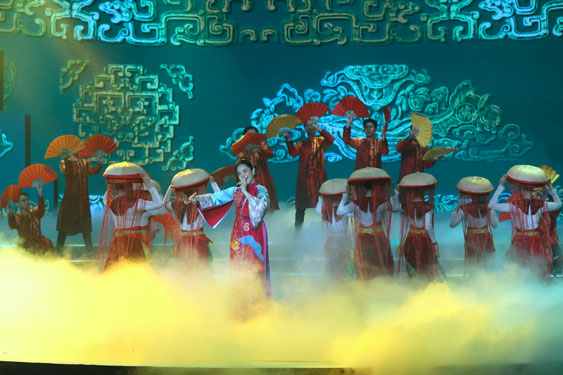
Art program "Touching the past" of Ho Chi Minh City Television (HTV). Photo: HTV
Besides the conversation between the guests, there were musical performances with meaningful songs such as: "Lullaby of the Country" (composer: Van Thanh Nho), "Sea Village Communal House" (composer: Nguyen Cuong), "Southern Land Song" (composer: Lu Nhat Vu - Le Giang), "Love Song in Vietnamese" (composer: Duc Tri - Ha Quang Minh), "Country" (composer: Pham Minh Tuan - Ta Huu Yen), "Come Back and Listen to Mother's Lullaby" (composer: Hua Kim Tuyen - Bach Tuyet), "Vietnam in My Heart" (composer: Yen Le) performed by artists: Meritorious Artist Phuong Loan, singers Nguyen Phi Hung, Ngoc Mai, Nguyen Hai Yen, Vo Thanh Tam, Duy Linh, Dong Trieu, Nong Sim, Dang Quan, Nha Thy, Mai Chi Cong, My Hao, Trung Hieu...
Meritorious Artist Phuong Loan expressed: "I am proud to participate in this meaningful program. As an artist, I understand even more clearly the value of this first "Cultural Outline". The outline is the basis for intellectuals, artists and people to understand and recognize their position and role to gather under the revolutionary flag of the Party and contribute to the cause of national construction."
On the occasion of this important anniversary, generations of artists and singers of the city named after Uncle Ho also participated in seminars and discussions on the "Outline of Vietnamese culture in 1943" so that stage authors, musicians and painters will create new products, propagate and promote the values of patriotism according to the guideline of the "Outline of Vietnamese culture in 1943".
Fostering new creativity
Cultural researchers believe that in the light of the "Outline on Vietnamese Culture in 1943", the first generation of artists of the revolutionary fine arts presented authentic works about patriotism, the spirit of determination to fight against foreign invaders, and improve people's knowledge such as: "The enemy burned my village" (Nguyen Sang), "Solidarity against invasion" (Van Giao), "Guerrilla La Hai" (Nguyen Do Cung), "Guerrilla Ben Tre " (Diep Minh Chau), "Uncle Ho works at the Northern Palace" (To Ngoc Van), "Pulling the bellows of the forge" (Tran Van Can), "Night class" (Duong Bich Lien)...
Musician Vu Hoang also expressed his satisfaction that since the "Outline of Vietnamese Culture in 1943", the music field has had many compositions such as: "Guerrilla Song", "Winter Coat" by Do Nhuan; "My Village", "Harvest Day" by Van Cao; "Up to the Mountains" by Hoang Viet; "Loi Nguoi Ra Di" by Tran Hoan... Until today, these songs still retain their humanistic and national values.
Associate Professor, Dr. Nguyen Thi Minh Thai said that in terms of literature, from the orientation of the "Outline of Vietnamese Culture in 1943", many valuable works were born. Specifically, writer Nguyen Huy Tuong wrote "Princess An Tu", then "Bac Son", "Ky su Cao Lang", "Luy Hoa"; Dang Thai Mai published the theoretical work "Introduction to Literature"; Nguyen Dinh Thi wrote the novel "Xung kich", the poem "Dat nuoc"; To Huu published the poetry collections "Tu ay" and "Viet Bac"; Quang Dung composed the poem "Tay Tien"...
According to Ho Chi Minh City theater experts, in the current period there are many positive signs, besides, the small screen of Ho Chi Minh City Television (HTV) also focuses on exploiting many artistic topics accompanying the cultural and artistic development orientations of the whole country, in which the program "Touching the Past" is a highlight.
Socialized art units in Ho Chi Minh City have also launched many new works in the spirit of the "Outline on Vietnamese culture in 1943", such as the Bach Long Children's Theatre, which staged the Vietnamese historical play "Spring on the land of Thang Long"; IDECAF Theatre staged two Vietnamese historical plays: "The Left General Le Van Duyet" and "The Great Lady of Me Linh" (both of which will be performed in November); Tran Huu Trang Theatre will re-stage the plays "The Battle of Bach Dang River", "Nguyen Huu Canh"... All of these plays aim at the spirit of "Vietnamese people knowing Vietnamese history" and foster national pride and patriotism in young audiences, thereby making practical contributions to the country in the new era.
"Recently, socialized art units in Ho Chi Minh City have made efforts to stage valuable literary plays to perform in the community, especially proactively bringing them to schools. This is one of the very meaningful creative ways in the spirit of the "Outline of Vietnamese Culture in 1943" - Associate Professor - Dr. Nguyen Thi Minh Thai acknowledged.
According to researcher Nguyen Dinh Tu, culture is the spiritual activities of a society (such as education , science, literature, art, ethics...), culture also includes both material culture (historical relics, cultural works, cultural heritage...) and intangible culture (folk songs, folk songs, folk songs, festivals; customs and practices of regions and localities...). Talking about culture means talking about the quintessence, the most quintessential, crystallized, molded into the good, noble, humane, and benevolent values of a country... and these are all expressed in the "Outline of Vietnamese Culture in 1943".
Source: https://nld.com.vn/van-nghe/cham-tay-vao-qua-khu-dau-son-dep-cua-nghe-si-tp-hcm-20231103220032222.htm




![[Photo] National Assembly Chairman Tran Thanh Man attends the VinFuture 2025 Award Ceremony](/_next/image?url=https%3A%2F%2Fvphoto.vietnam.vn%2Fthumb%2F1200x675%2Fvietnam%2Fresource%2FIMAGE%2F2025%2F12%2F05%2F1764951162416_2628509768338816493-6995-jpg.webp&w=3840&q=75)


![[Photo] 60th Anniversary of the Founding of the Vietnam Association of Photographic Artists](/_next/image?url=https%3A%2F%2Fvphoto.vietnam.vn%2Fthumb%2F1200x675%2Fvietnam%2Fresource%2FIMAGE%2F2025%2F12%2F05%2F1764935864512_a1-bnd-0841-9740-jpg.webp&w=3840&q=75)
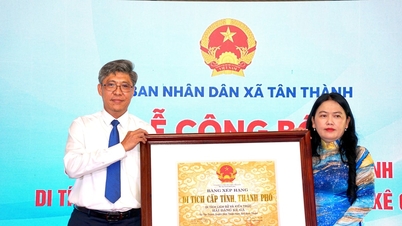









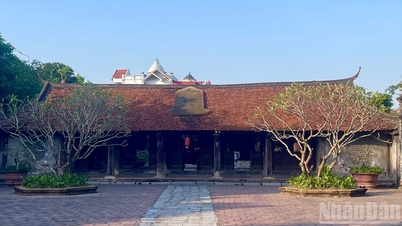





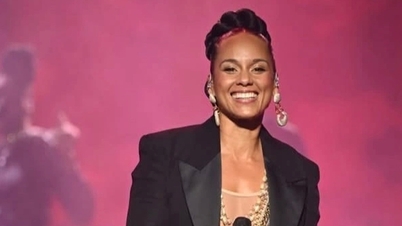

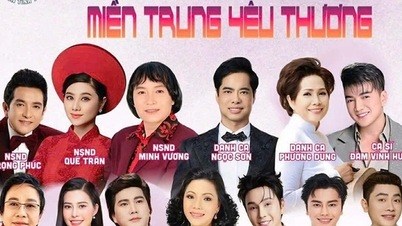
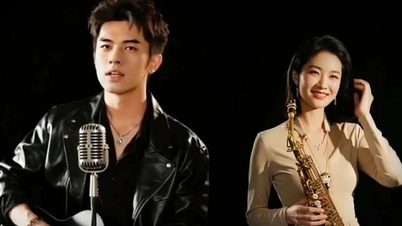
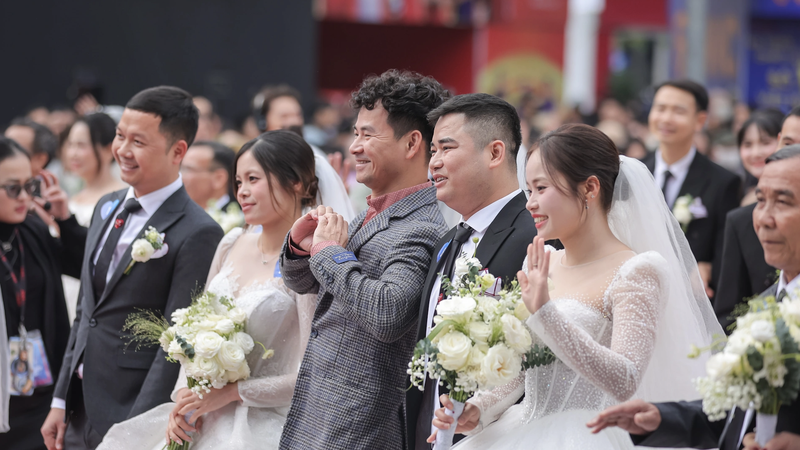
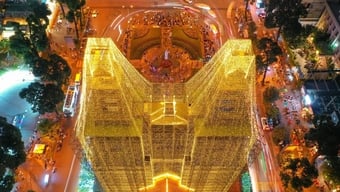




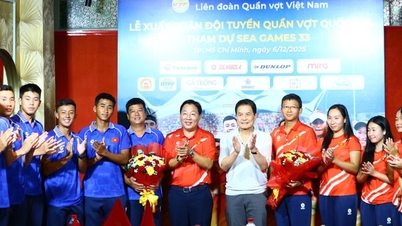




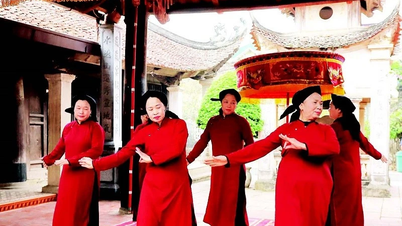

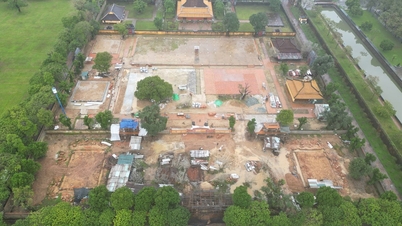




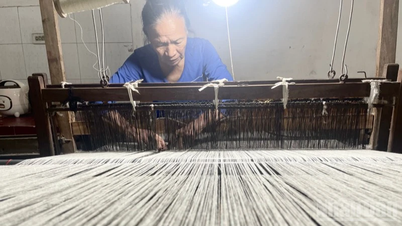
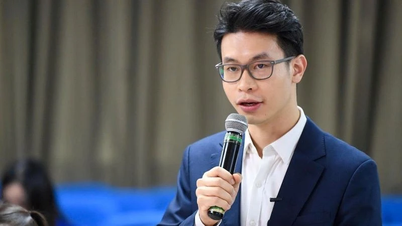
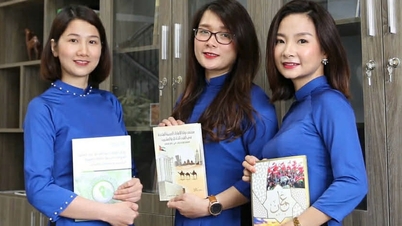
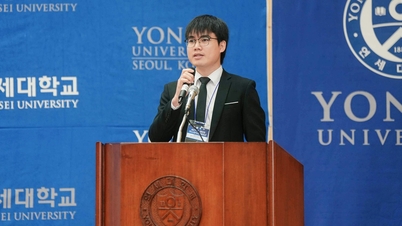
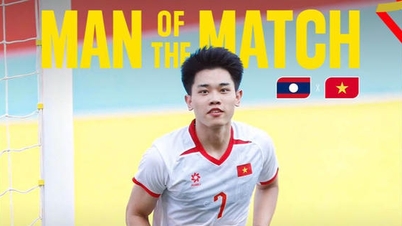



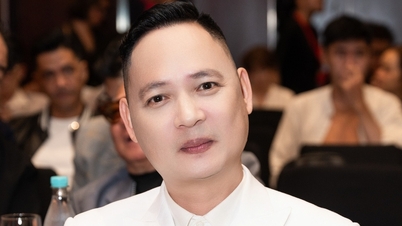

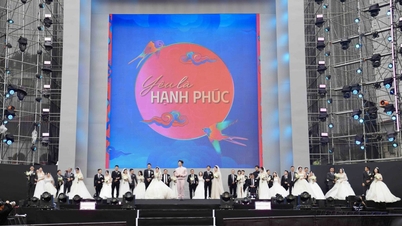




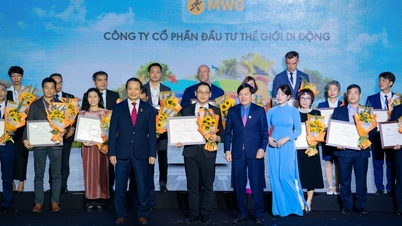
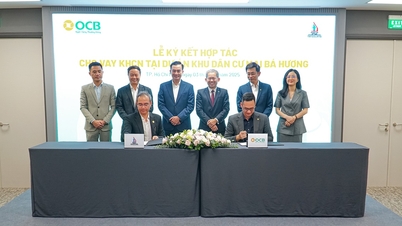



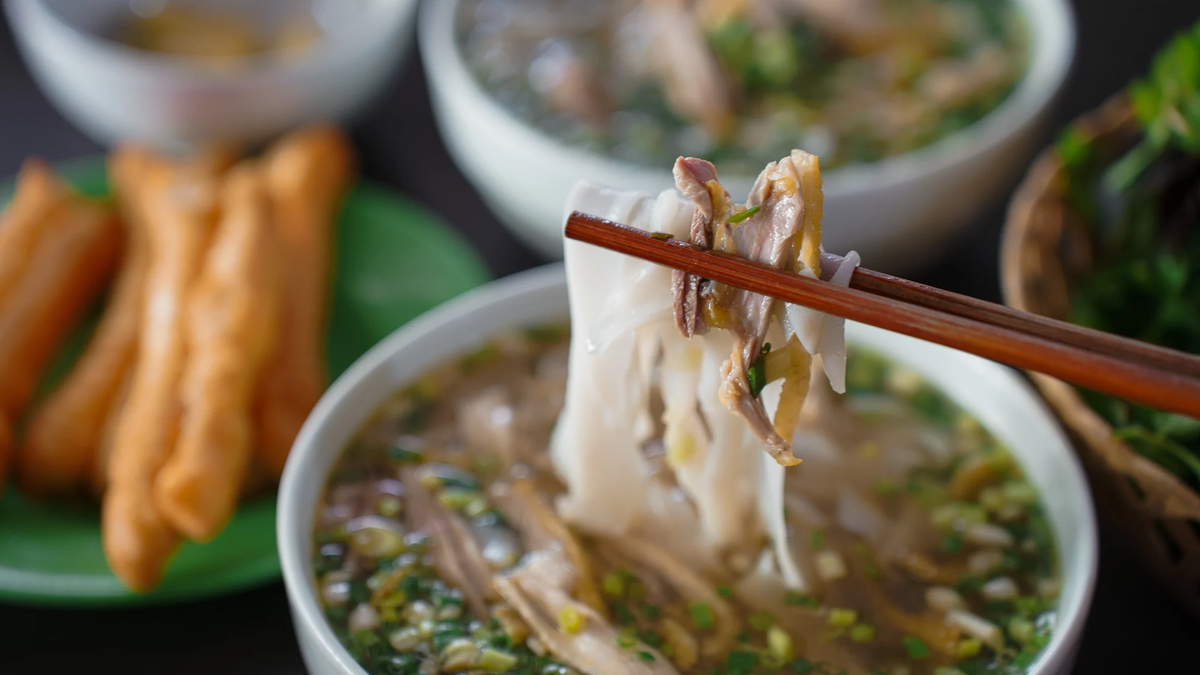

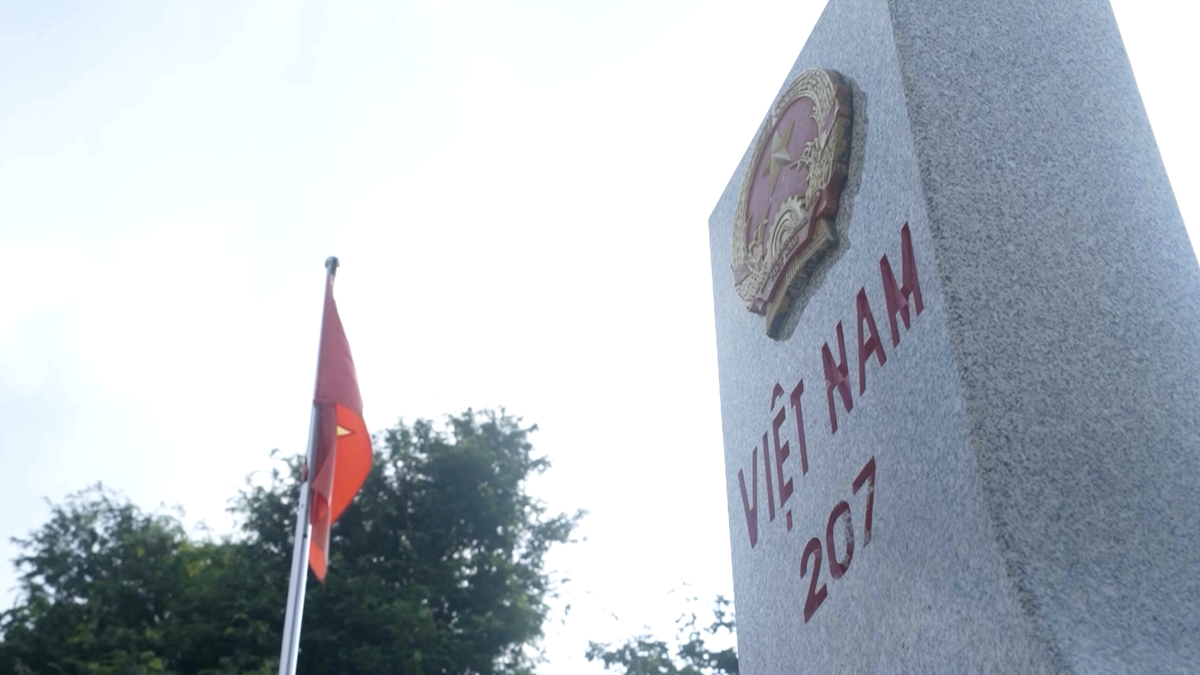
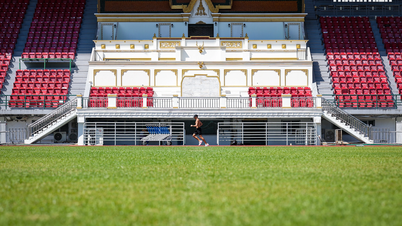
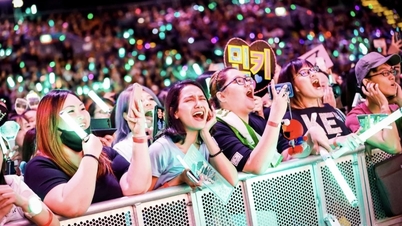
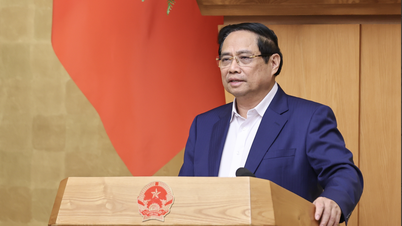
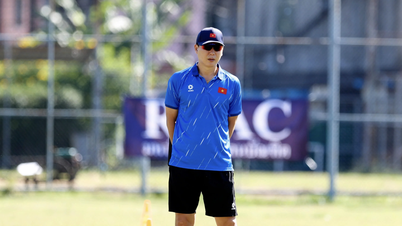
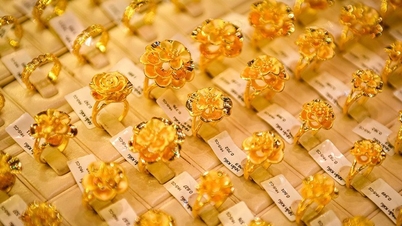
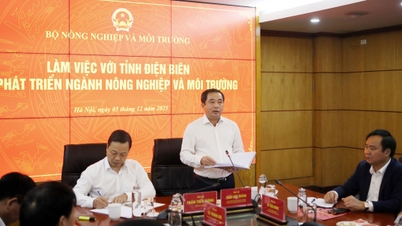

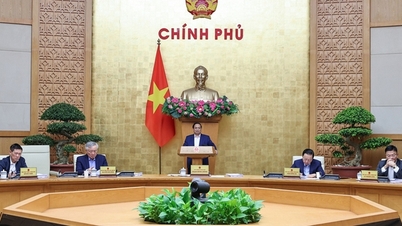




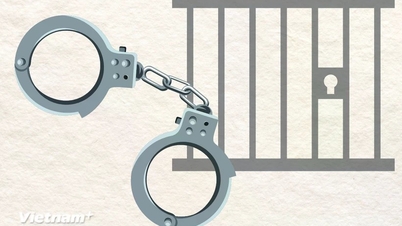






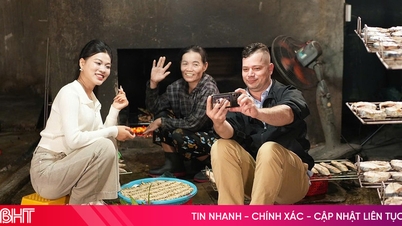


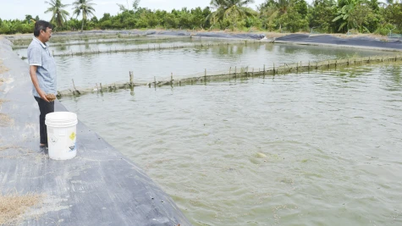
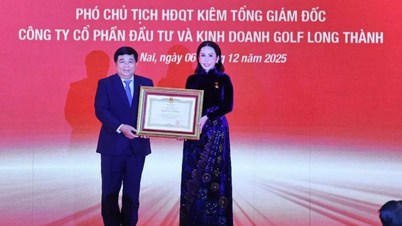


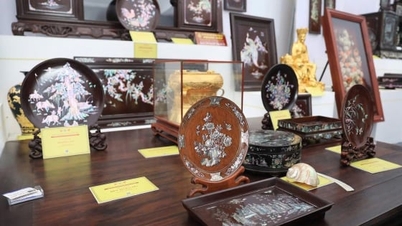














Comment (0)